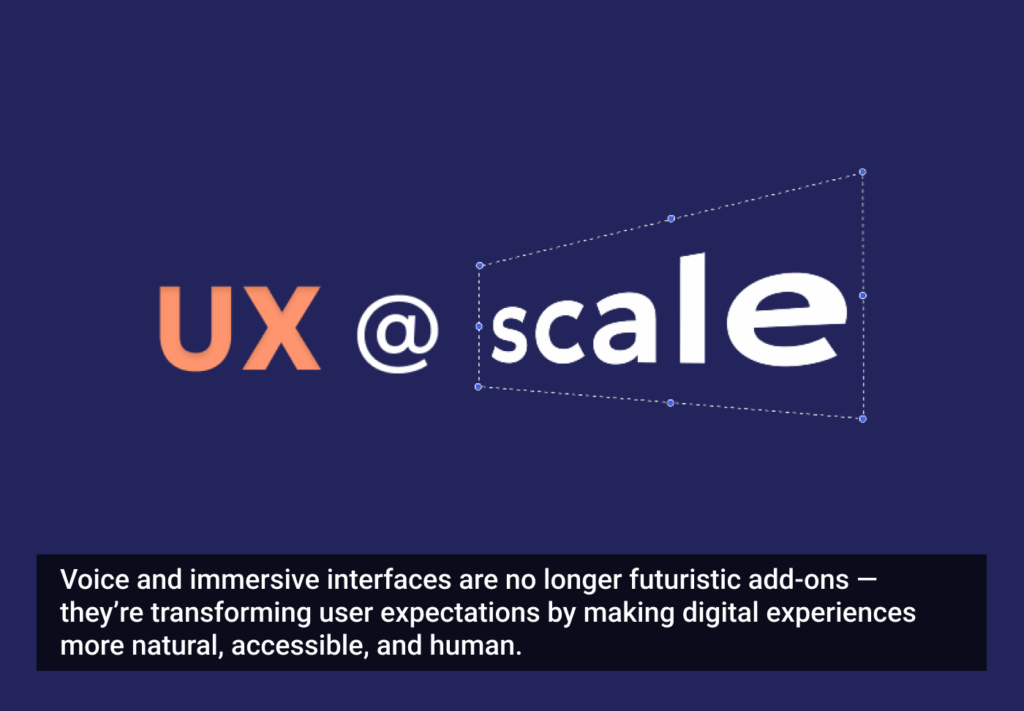Yesterday we gave you a sample of Peter H. Jones’ new book from Rosenfeld Media, Design for Care: Innovating Healthcare Experience.
Today, we’re launching a contest to give away three digital copies.
We’re still in the thick of our campaign to get to the bottom of what information architects do, so to enter, all you need to do is answer a question for us:
What does an IA do?
Just to be clear, even though our campaign is aimed specifically at information architects, for this contest we want to hear from everyone.
There are three ways to enter:
Via Twitter
- Make sure you’re following UX Magazine on Twitter.
- Create a tweet that says, “Hey @uxmag, <your answer>. https://uxm.ag/188 – #HeyIA @designforcare”
- Replace the blank with your response to the question. Make sure to keep the rest of the tweet the same.
- Publish the tweet.
Via Facebook
- Make sure you’ve ‘liked’ UX Magazine on Facebook.
- Post a message to the UX Magazine wall (not your own wall) with your response to the question, including the hashtag #HeyIA.
Via Email Subscription
- Visit UX Magazine’s email subscription page.
- Fill out all of the fields.
- Click ‘Subscribe to list’.
Note: If, and only if, you’ve already subscribed via email, you can enter this giveaway by emailing your answer to [email protected].
Three winners will be chosen from the valid entries. The contest ends on Friday, June 28th.







